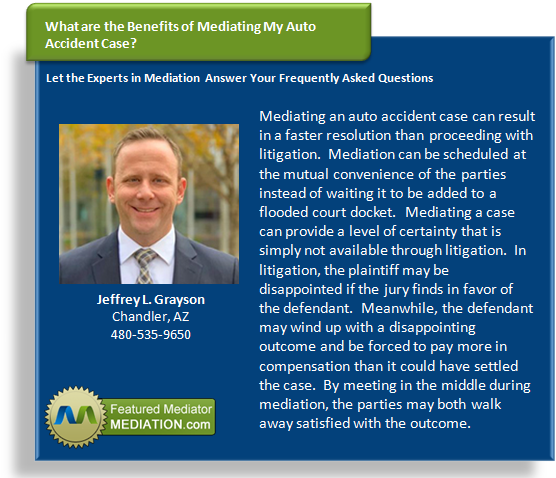How to Help Clients Choose the Best Asset Distribution Option
In general, people have four options when it comes to estate planning and distributing their assets. They can gift all or a portion of their assets before they die, establish a trust while they are alive, distribute assets through their will after they die, or distribute assets outside of their will after they die. Often, the best option is actually more than one option, but this is going to vary from situation to situation.
Choosing the Best Method of Asset Distribution
So how do you help someone determine what the best asset distribution method is for them and their family?
First, a person must consider his or her financial situation, as well as the applicable tax rate. What might be advantageous in one tax bracket could be disastrous in another. Any plan for asset distribution first and foremost must minimize fees and taxes as much as possible.
Once the method of distribution is determined, it is best to choose the beneficiaries. This is entirely up to each individual and for many, it can be an emotional process. There is a fine line between advising and interfering when it comes to helping someone choose beneficiaries, so any one doing so should tread carefully.
The Unique Situation with Spouses
When it comes to one spouse leaving all of his or her assets to the other spouse, there are a few additional options available for distribution. Laws vary from state to state, but in general, options include joint tenancy, which occurs outside of the will and avoids probate, and the simple will, which leaves all assets to the spouse. Joint tenancy and simple wills offer no protection for children because the surviving spouse is free to do as he or she choose with the assets once they have transferred. When protection for children is needed, a complex will is the better option because it directly property to the children while still allowing the surviving spouse to use that property.









